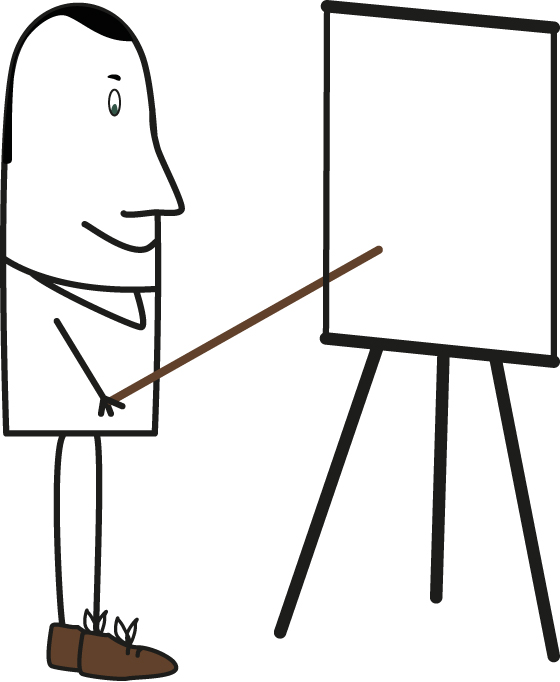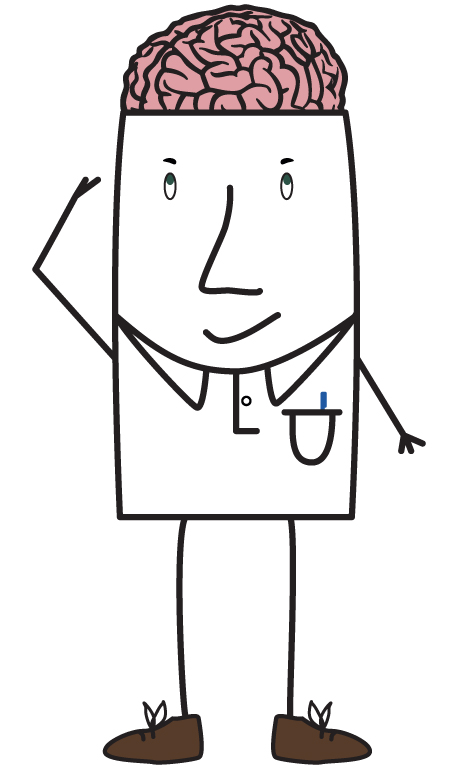Hypnosis may be combined with other practices
- With NADA protocol (https://www.nadaindia.info/#)
- With physiotherapy, for gaining both balance in the mind and in the body (https://sante.auroville.org.in/conventional-medicine/)

Hypnosis & NLP are powerful therapeutic tools that offers possibilities to change. It is part of the short-term therapies as its goal is not to find the source of a problem but to provide the tools to transform it. Often, a few individual sessions are enough.
A session has a multitude of benefits:
It happens that a person is in desire to change but feels somehow blocked or experiences certain behavioural disorders of which s/he ignores its origin.
These disorders are created by the differences in nature and strategy of the 2 parts that make up the individual: the conscious part and the subconscious part (I will not go further into details of the various conscious and subconscious layers of the human being).
The conscious part absorbs about 2000 bits of information per instant, giving information on its body and its environment. The conscious uses 5 tools + 1, which are the 5 senses and the mind, to understand its environment.
The conscious cannot focus its attention on 2 objects at the same time, as the cognitive part of choice is binary. When one focuses his attention on what s/he sees, s/he closes unconsciously the hearing sense. When focusing on a thought, s/he unconsciously stop seeing, hearing or sensing. One is putting oneself on “Autopilot” and the subconscious is taking over the guidance. The conscious is permanently updating the new information in a way that it not always aware of change. The conscious conceptualises, it transforms abstract things into mental ideas, it establishes boundaries in its environment and reduces its choice of action as of what it “thinks” or “knows” being capable of.
The main objective of the subconscious is the individual’s security. The subconscious has the mental age of a 6-year-old child and is always 1⁄2 a second ahead of the conscious mind. It has the capacity of absorbing information
Past the age of 40, without any personal self-development, one has established itself with 90% automated subconscious programs. One will always respond in the same manner to a same trigger.
Spiritual Hypnosis addresses mental issues from a spiritual point of view and provides specific tools to reconcile subconscious and conscious minds from the perspective of the neutral Purusha and the Psychic Being. From that perspective, a mental issue or behavioral disorder, as tackled above, of which one may ignore its origin, might be highlighted by relevant esoteric knowledge provided by Sri Aurobindo and Mother’s teachings. Using Spiritual Hypnosis, the Soul or the Psychic Being becomes capable of taking profit from both sides of the human organism, conscious and subconscious. The practical existence starts to match the life-path initially planned. With Spiritual Hypnosis, every little detail of one’s life becomes significant and meaningful, revealing the underlying Divine organization that maintains everything in harmony. The simple joy to be alive irradiates from every particular act of the daily routine, while the individual becomes a living invitation for those around, to do the journey at their end.

From the neutral position of the Purusha observer, noticing without judgment, understanding the functioning of your mind. Observing settles a natural step-back position, since it is impossible to observe and think simultaneously. Allowing yourself to stop and observe what is happening within you, implements gradually a subconscious invitation, which will afterward provoke the exercise effortless.

Starting a process of inner assessment of our natural ways of thinking, and the origins and frequency and organization of the different kind of thoughts (or insights, or intuitions), while the eventual involvements of the heart and/or body, in terms of comfort or discomfort.

Find out with what is relevant to preserve or enhance from what needs to be transformed, according to the whole sadhana in general and the specific aims that may be fulfilled at that time of one’s journey. Be cautious to not replace one habit by another which is not relevant, and that will have to be transformed again later. After selecting, starting to implement a new behavior by fostering some thoughts and rejecting others

After having identified patterns that may take more time than others, using a time-period related to specific programs and practice enough time to implement new habits and patterns, while using specific tools. Be patient, indulgent and perseverant. Introduce an acute blend of surrender and determination should be the key of the achievement. Customize one’practice by a constant and deeper knowledge of both the human nature in general and one’s specificities in particular.

First is to reveal the “Purusha Witness” by an insight that will start the conscious path by establishing a
before and
Then, a regular practice could unfold with some following general features:
Define how your day will unfold (to be customized) :
Reminder:
Customize your own technique with basics tools”
“The power of dedication”
“Transforming old patterns into healthy habits”
“Connect yourself with the highest part of your mental”